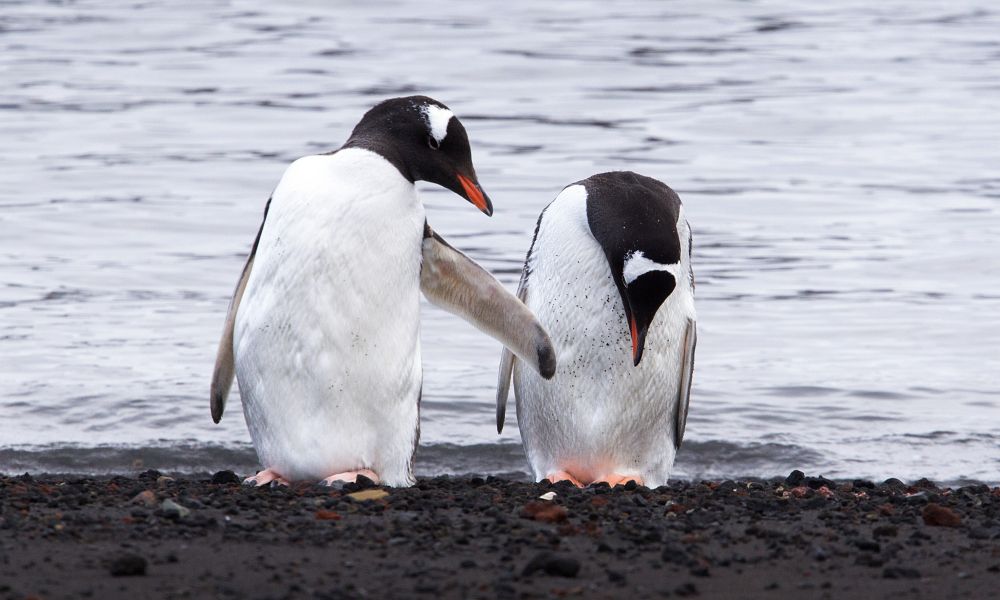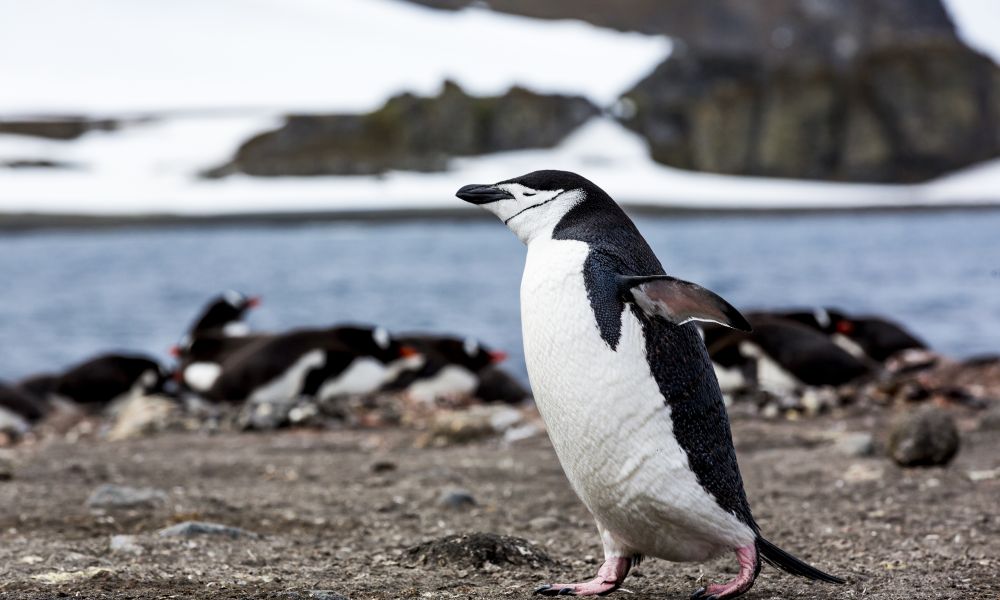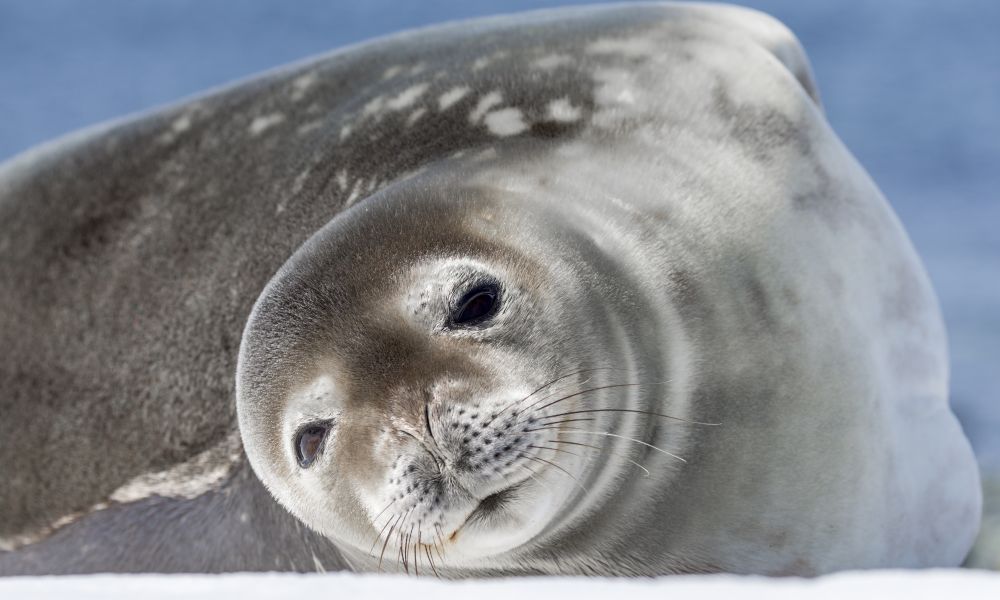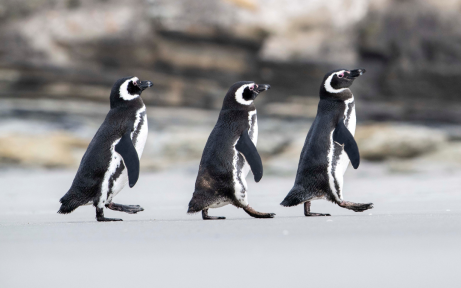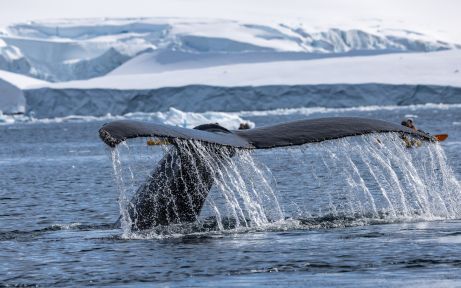Exciting changes are on the way!
As part of our merger with Polar Latitudes, we’re refreshing key elements of our website to reflect this new chapter. Discover more in our latest news update.
The Antarctic Peninsula might seem like a frozen wilderness at first glance, but it’s teeming with life, both on land and in the surrounding waters.
This rugged, icy region is one of the most biologically diverse parts of Antarctica. From bustling penguin colonies to massive whales cruising through the icy seas, the peninsula’s wildlife has adapted to thrive in some of the harshest conditions on Earth. Whether you're drawn to the sight of seals lounging on ice floes or watching albatrosses glide over the ocean, the Antarctic Peninsula offers a rare glimpse into a world where nature remains untouched and wild.
Facts about Nature and Wildlife of the Antarctic Peninsula
- Antarctica
- Antarctic Peninsula




